iPhone 13 Review: Should You Buy the Phone in 2023?


Since the iPhone 14 hardly introduced any innovations, buying the iPhone 13 in 2023 is a no-brainer, or is that really true? nextpit took a look at Apple's 2021 smartphone and reveals whether the iPhone 13 is actually a good deal to pick up this year. Minor spoiler: One aspect clearly stands out for the successor from last year!
Good
- OLED screen with deep blacks
- Good battery life
- Good quality main camera
- IP68 certification
- Smarter iOS 15
Bad
- 60 Hz refresh rate
- FaceID is unwieldy to use while wearing a face mask
- 20W charging speed

Apple iPhone 13 in a nutshell
Do you already have the iPhone 13 in your shopping cart and just want to know if it's worth buying in 2023? If you are careful with your iPhone purchase and want to switch from an older model, absolutely!
This is because there were only a few functional innovations in the iPhone 14 compared to the iPhone 13. You receive minor upgrades in the camera and have a slightly better graphics performance. However, you will also have to pay a lot more due to the inflated price.
A relevant change in the iPhone 14 still remains: Apple has arranged the components differently, which makes repairs significantly cheaper. You'll have to decide for yourself whether that's worth the increased price.
As of May 2023, the iPhone 13 costs just $599 on their official website, while you will have to fork out $799 for the successor. In both cases, you will buy powerful and sophisticated smartphones with excellent features and direct integration into the Apple ecosystem.
Recycled design still remains stylish
The design hasn't changed much from iPhone 12 to iPhone 13–the same applies to the upgrade from iPhone 13 to iPhone 14. While a modified camera design with a diagonal arrangement was introduced in 2021, the iPhone 13 still looks like new in 2023. However, repairs are more expensive compared to the latest iPhone generation.
What I liked:
- Elegant design.
- Tough Gorilla Glass and IP68 certification.
- Easy-to-access physical buttons.
What I disliked:
- The entire iPhone is a fingerprint magnet!
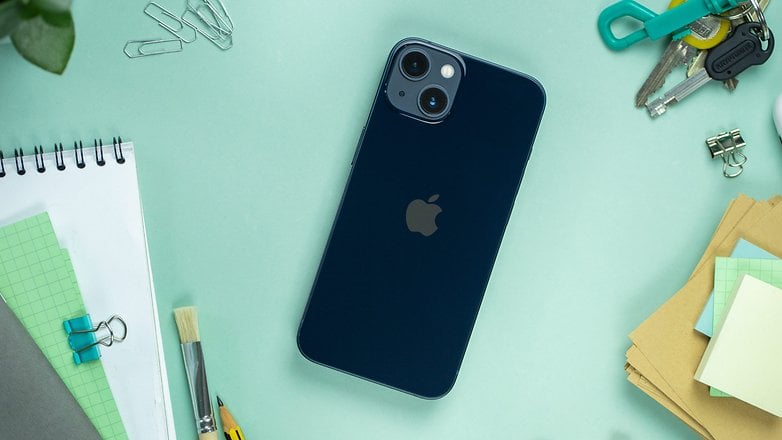
Another change would be Apple's OLED display, which sees the notch reduce in size by up to 20% while housing an array of sensors like the selfie camera and Face ID. Placing it side-by-side with the iPhone 12, it's easy to tell the difference.
And while we have IP68 certification for water and dust resistance, one downside of the iPhone 13 is how the rear glass remains a fingerprint magnet. This means you would do well to purchase a protective case, as it not only protects the device from falls and knocks, but it also makes sure you won't spend plenty of time cleaning your iPhone 13.
However, with the increased battery life and updated camera module, this means you cannot use the iPhone 12's case for the iPhone 13. In other words, you will have to buy brand-new MagSafe accessories to go along with this year's model.
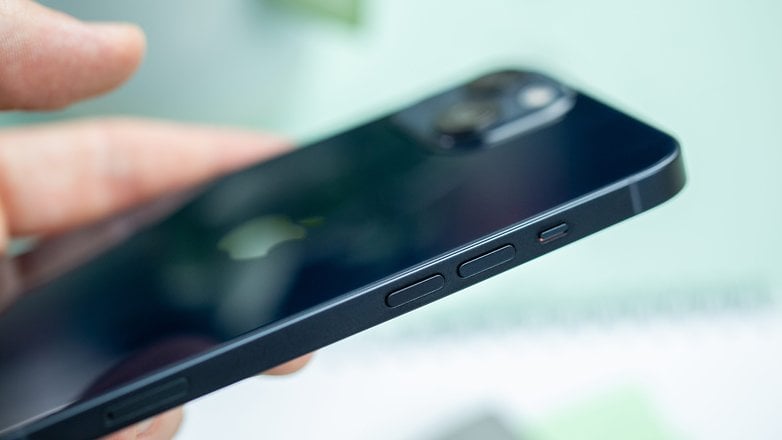
TL;DR: In general, the iPhone 13 is a beautiful, stylish smartphone and offers a great grip . All physical buttons are accessible when using the device with just one hand. In addition, we have an interesting range of color options: pink, blue, midnight, starlight, and (PRODUCT)RED, and given the IP68 certification, it should be able to last the distance with up to 5 years of software updates.
120 Hz refresh rate is missing from the iPhone 13 screen
The iPhone 13's screen is perhaps the device's least exciting feature, but it still has changes from the 2020 model. However, there is no change in the refresh rate this time around, which means it remains a step beneath the competition.
Apple's vanilla variant's Super Retina XDR display still offers the same 6.1-inch size and a resolution of 1,170 x 2,532 pixels. As stated above, the notch has decreased a wee bit, but Apple maintained the characteristic notch as they believe that Face ID is still the safest way to secure your device.
What I liked:
- Bright display and intense blacks.
What I disliked:
- 60Hz refresh rate.
- Face ID solution is not convenient when wearing face masks.
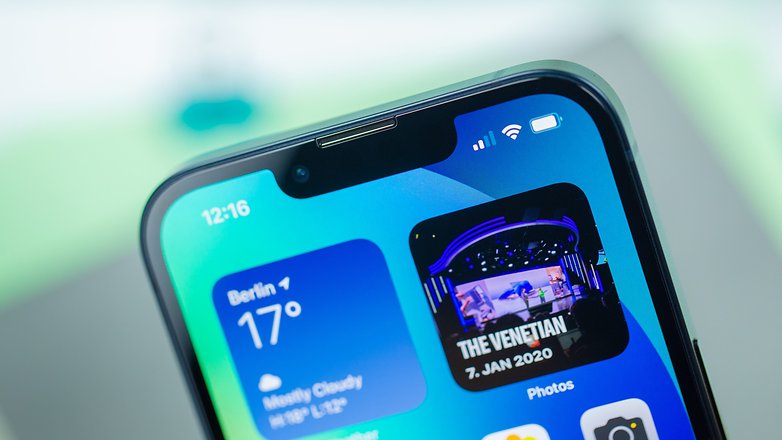
However, not all applications have adapted to the new size, which causes some videos in the 18:9 format to show a small notch when viewed. Watching videos on streaming services like Apple TV+ and Amazon Prime video did not have any issues, but it is noticeable on YouTube.
Finally, while the display has a 60 Hz refresh rate, the OLED technology powering it offers deep blacks and an excellent degree of brightness. This makes reading, watching TV series and movies a very enjoyable experience, with all of its images standing out.

Compared to the launch in 2021, Apple was able to integrate an advantage in terms of Face ID functionality. Since the upgrade to iOS 15, the feature can also be used when wearing a face mask.
Excellent performance, as always
With the new iPhone 13 series, we also saw the arrival of the Apple Bionic A15 processor. On paper, the A15 promises a 50% faster performance than the current leading competitor and will offer 30% more graphical performance.
Our interpretation of that marketing statement is, Apple is referring to the Qualcomm Snapdragon 888 SoC, the most powerful Android processor that is available in the second half of 2021. Despite this statement, it is rather difficult to prove such benchmarks in everyday life. This is not to detract from the iPhone 13's excellent performance.
What I liked:
- Excellent gaming and browsing performance.
- Execution of ML functions that occur in real-time.
- Fast image and video processing.
- Hardly any disadvantages compared to the iPhone 14.
What I disliked:
- -
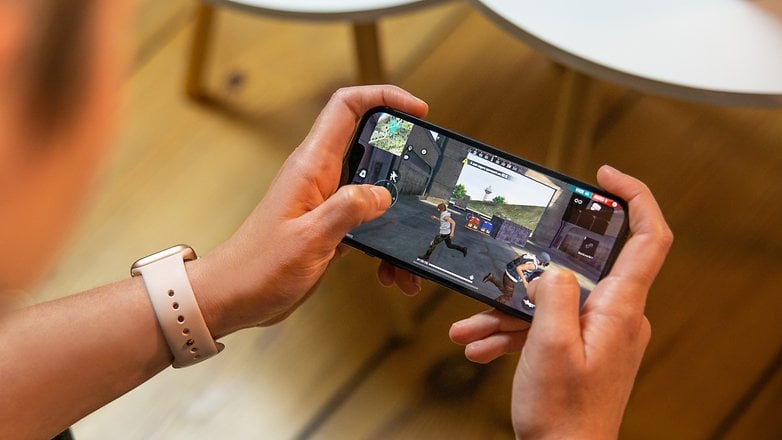
On the software side, the update to iOS 15 brought more consistency to the mobile operating system. One of the highlights here is Live Text, which recognizes text and images in real time and keeps processing information in private on the device. Using this function, it is possible to copy texts, translate languages, and perform web searches by pointing the camera at an object.
Google Lens lets you do the same thing and maybe even offer a better experience. However, with Live Text, Apple starts to offer a more integrated experience to its platform while being less dependent on Google in this aspect. In addition, the feature does come in handy at times.
However, regarding iOS's ML capabilities, Apple still needs to move forward in real-time audio transcripts to catch up with the Pixel line.
In Fall 2023, the iPhone 13 line will receive new user-facing features announced for popular apps like Phone, Messages, FaceTime, and Maps in iOS 17. While the update is modest in terms of features and design, these additions are expected to be popular among iPhone owners.
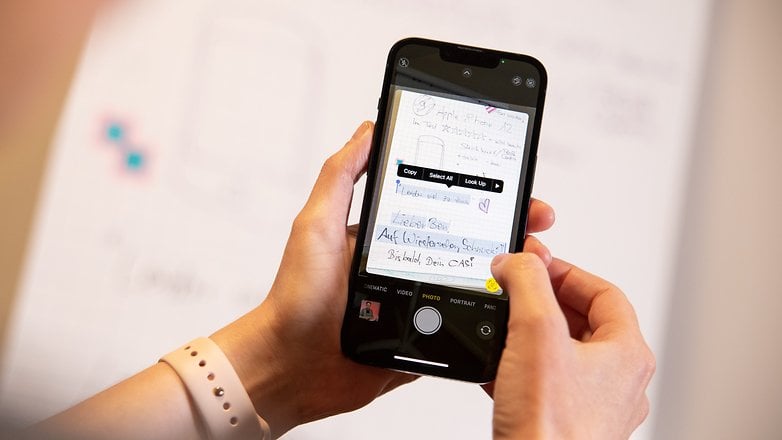
Finally, the Bionic A15 chipset made it possible to introduce the iPhone 13 camera's Cinema Mode, as it allows you to render real-time autofocus changes in HD (1080p HDR Dolby Vision) depth-of-field videos that require a load of intensive computational work.
While the process of recording the final version of videos that are captured in Cinema Mode is significant, rendering the edit of a three-minute video took just 2 minutes and 55 seconds. The very fact that this option is available on a smartphone is remarkable.
As a result, Apple also had to increase the internal storage capacity of the vanilla variant by doubling it. Finally, we no longer have a 64 GB model in 2021 but have 128 GB, 256 GB, and 512 GB capacities to choose from.
If we look at the next generation again, one thing can be said: Apple decided against the integration of the new A16 2022 CPU in the basic iPhone 14 models. Only the graphics unit has been improved by the company. As a result, the iPhone 14, for example, offers cinema mode in 4K, but in everyday life, you will hardly notice a difference.
The main camera is the highlight
It is not a mystery at all that Apple opted for a dual-camera configuration, with 12-megapixel wide-angle and ultra-angle lenses. And the highlight is the main camera inherited from the iPhone 12 Pro Max, whose sensor can capture 47% more light than the previous model. Since the iPhone 13 was equipped with an older processor, two camera features are missing.
What I liked:
- Excellent color, contrast, and exposure in bright environments.
- Photography Styles feature is easy to use.
- Cinema Mode is a great option for content creators.
What I disliked:
- Over-processed images in night mode.
- No telephoto lens.
- Cinema mode in HD only and missing action mode.
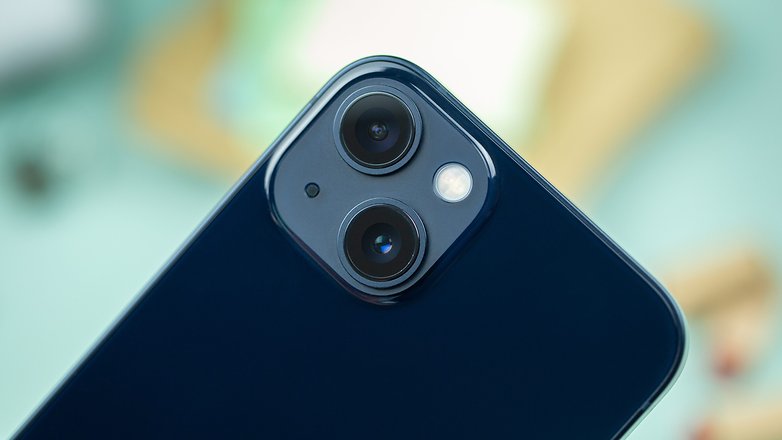
No surprises here: the iPhone 13 captures great-looking photos. Daylight images have good exposure and have a large dynamic range. It's nice to see that Apple still maintained a natural look and allows the photos to retain some natural contrast, which helps preserve the actual scene very well.
Detailed reproduction is very good. Images have a high micro-contrast level, which makes them very sharp. For indoor daylight shots, the quality doesn't degrade, delivering consistently color-accurate shots throughout the day until sunset.
- Related: The best smartphone cameras in 2021
The addition of the Photo Styles feature also helps to give your photos a more original look, as it offers five presets to provide your images with more contrast, more vibrant colors, or simply adding warmer or cooler tones. As you can see in the video above, selecting Photo Styles is a very simple action.
In the photos captured at night, Apple has surpassed its own computational photography technology. Automatic night mode takes three-second exposures and produces brilliant photos even in environments where the naked eye can't see much. However, sometimes photos tend to look overly processed and unnatural
The extreme brightness of dark areas often destroys the original image. Fine details tend to look over-processed due to the extremely high micro-contrast. Of course, you can turn off night mode from the iPhone settings, which makes the images look more natural, but it also offers more noise. A low-intensity night mode would have been a great balance here.
The good thing is, the image quality remains very consistent in both the main and ultra-angle camera, which makes it difficult to even identify one from the other in some cases.
Like the two rear cameras, the selfie camera delivers good results with great skin tones and a very clean bokeh effect. At night and in low-light environments, however, the iPhone's camera isn't unbeatable.
When it comes to videos, you can rely on 4K both with the main camera and in ultra-wide-angle. The shots are sharp, the autofocus of the main camera usually fits perfectly and with the cinema mode, the iPhone camera is very capable. The fact that the function is only available in Full HD, in the successor it goes in 4K, is a disadvantage of the older model.
Another disadvantage is the image stabilization in the older iPhone. For example, the action mode, which ensures digital image stabilization during strong movements, is missing.
Whether you need the two functions, you can find out in our article about the cinema mode and in the following video itself. We recorded the latter with the iPhone 14, the recordings without action mode reflect the quality of the iPhone 13.
Overall, however, the camera of the iPhone 13 can assert itself in 2023 compared to the iPhone 14. If we compare the photos and videos with the iPhone 14 Pro (review), however, the model from 2021 looks quite old. For snapshots and Instagram, however, the quality should be enough.
Battery is 15% larger
The iPhone 13's battery is bigger than before. 15.1% larger in capacity, to be precise. According to Apple, this means that the iPhone 13 offers two and a half hours more battery life compared to the iPhone 12. In reality, the iPhone 13 offers a full day's worth of usage without having to visit the nearest power outlet. In fact, when I retired at night, I still have approximately 25% of battery life left.
What I liked:
- iPhone can last the entire day.
- Wireless charging via MagSafe.
What I disliked:
- 20W (wired) and 15W (wireless) recharge speeds.
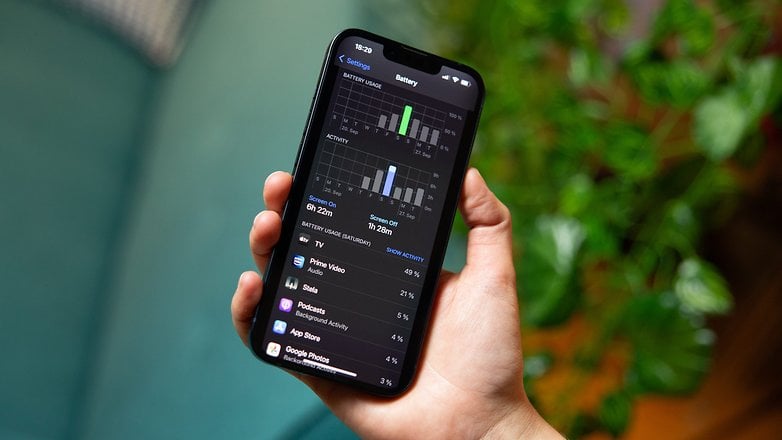
Even on days when I used the iPhone 13 to watch videos and consume copious amounts of media, it did not disappoint in terms of battery life. On only two occasions was it necessary to activate the energy-saving mode, but I never found myself unable to use the device due to the lack of battery power.
Intense use of the camera also showed the efficiency of the A15 Bionic in managing the device's energy consumption. This is really impressive considering how features like Cinema Mode require heavy processing to render video edits.
However, the vanilla model's display with a standard refresh rate of 60 Hz, and the fact that we have an OLED display complete with intense blacks, counts for a lot of the energy-efficient performance, even though it's 28% brighter compared to the predecessor.
However, the recharge time does need attention. Unlike the Xiaomi 11T Pro, the iPhone 13 doesn't charge from 0 to 100% in less than 20 minutes. The charging time is not surprising here. To get from 23% to 98% battery life, it took about 1 hour and 30 minutes to get the job done. On the other hand, this means less negative long-term impact on the component.
TL;DR: Generally, the battery of the iPhone 13 can deliver enough juice to power the new hardware very well. You can have fun on weekends consuming media and, during the week, use the device to produce content without having to worry much about running out of juice. But do bear in mind that the recharging periods of the iPhone 13 need to be well planned, otherwise a dead battery could become a problem.
iPhone 13 technical specifications
| 2021 | |
|---|---|
| Product | |
| Image | 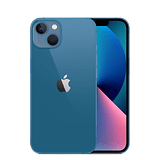 |
| 6.1-inch OLED display ,1,170 x 2,532 pixels (460 PPI) at 60 hertz | |
| Processor | Apple A15 Bionic (5nm) Apple 4-core GPU |
| Memory | 4GB RAM 128GB, 256GB, or 512GB internal |
| Micro SD | No |
| Main Camera | 12 MP | f/1.6 | 26 mm | 1.7 µm | Dual Pixel Autofocus | OIS with Sensor Shift |
| Ultra Wide-angle | 12 MP | f/2.4 | 120° | 13mm focal length |
| Telephoto | n/a |
| 3D | n/a |
| Video | Max: 4K at 60 fps | HDR | Dolby Vision HDR | Cinema Mode |
| Selfies | 12MP at 23mm |
| Audio | Stereo Speakers |
| UWB | Yes |
| Battery | Approximately 3,240 mAh Up to 19 hours of video playback |
| Wired charging | Max. 20 watts |
| Wireless charging | Max. 15 watts |
| List price | From $799 |
| Check offers* | Check price |
Conclusion: Is it worth buying in 2023?
Let's summarize: At launch in 2021, the iPhone 13 was the improvement of a popular concept. The upgrades compared to its predecessor were significantly more significant than when upgrading from iPhone 13 to iPhone 14. For this reason, the 2021 model is still a recommendation in 2023 when it comes to buying a new iPhone. You get almost the same range of functions at a lower price.
As mentioned in the short conclusion, the iPhone 13 is available in May 2023 for $830. Its successor costs $100 more and this surcharge is only worthwhile if you want to save on repairs later. Because Apple's reduction in repair costs is one of the advantages that many do not mention in the successor.
If you find a good deal on the iPhone 13, you will buy an iPhone in 2023 that is difficult to distinguish from the newer model. Features such as the cinema mode in 4K and the action mode are interesting for frequent filmmakers, but the quality of the HD cinema mode, as well as the standard stabilization from Apple, are not much worse in comparison.
If you also feel at home in the world of Android, there will already be many more modern smartphones at similar prices in 2023. Here you can expect borderless displays without notches, more powerful cameras, ultra-fast quick charging, and much more. For our tips on the top Android phones you can buy, I refer you to the linked best list.
Review updated in June 2023 to include iOS 17 confirmed support. Previous comments were kept and may appear out of context.


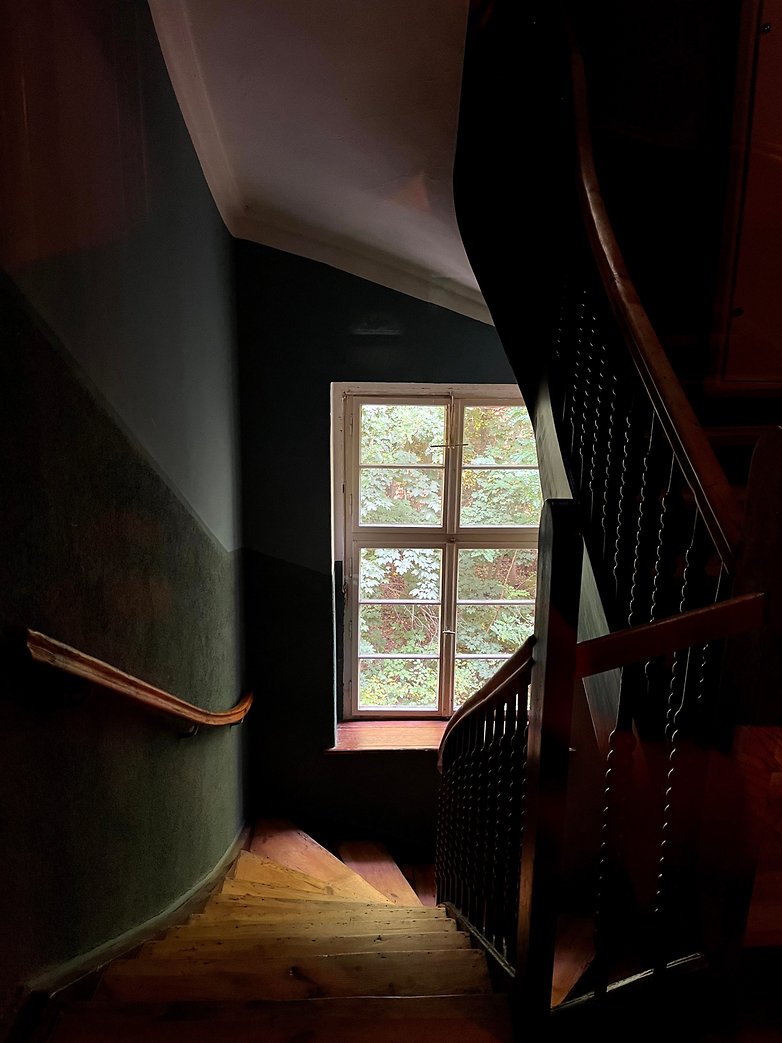







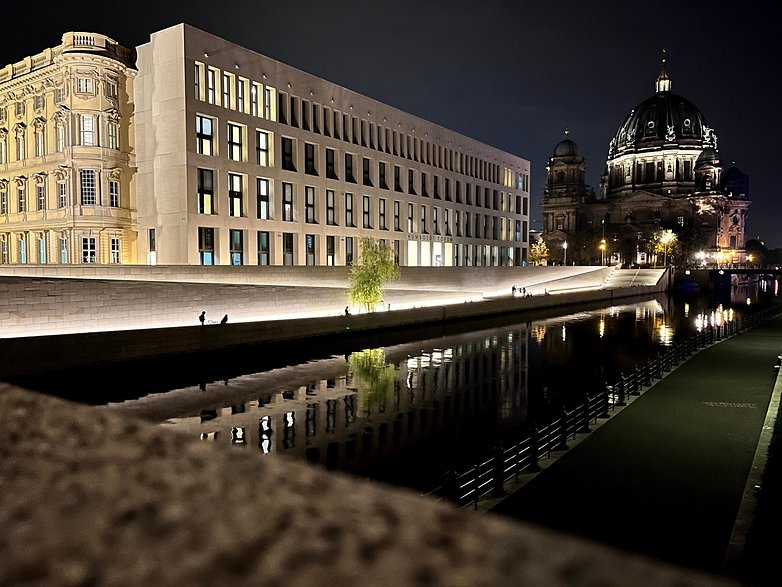
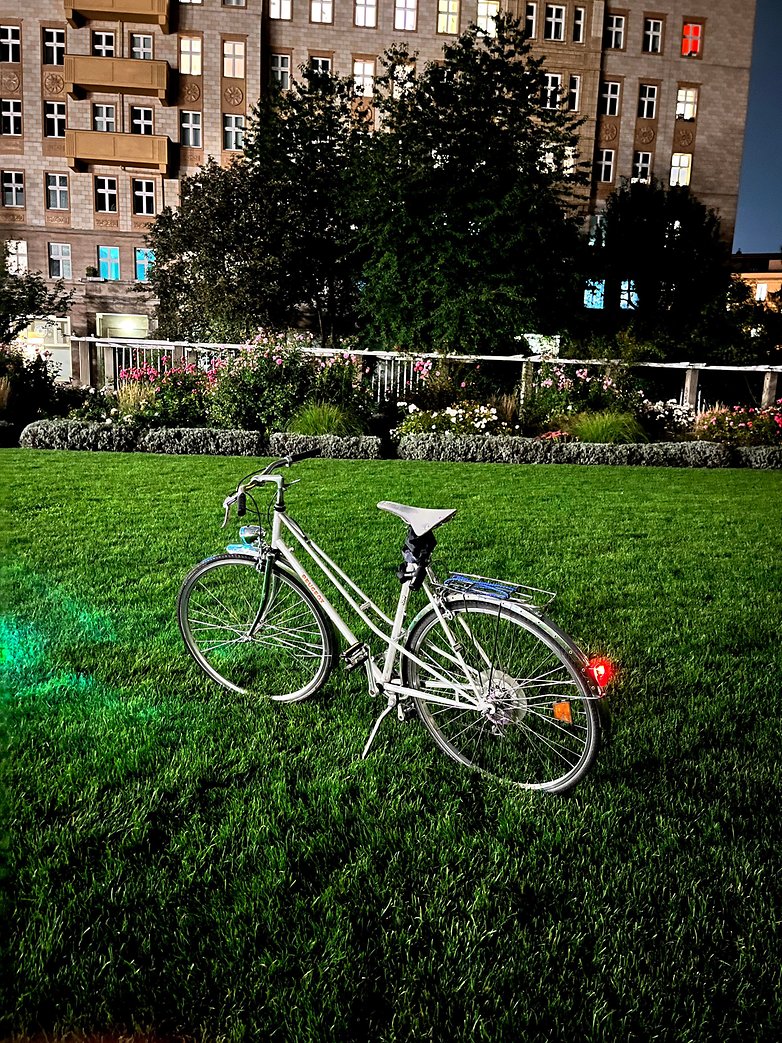
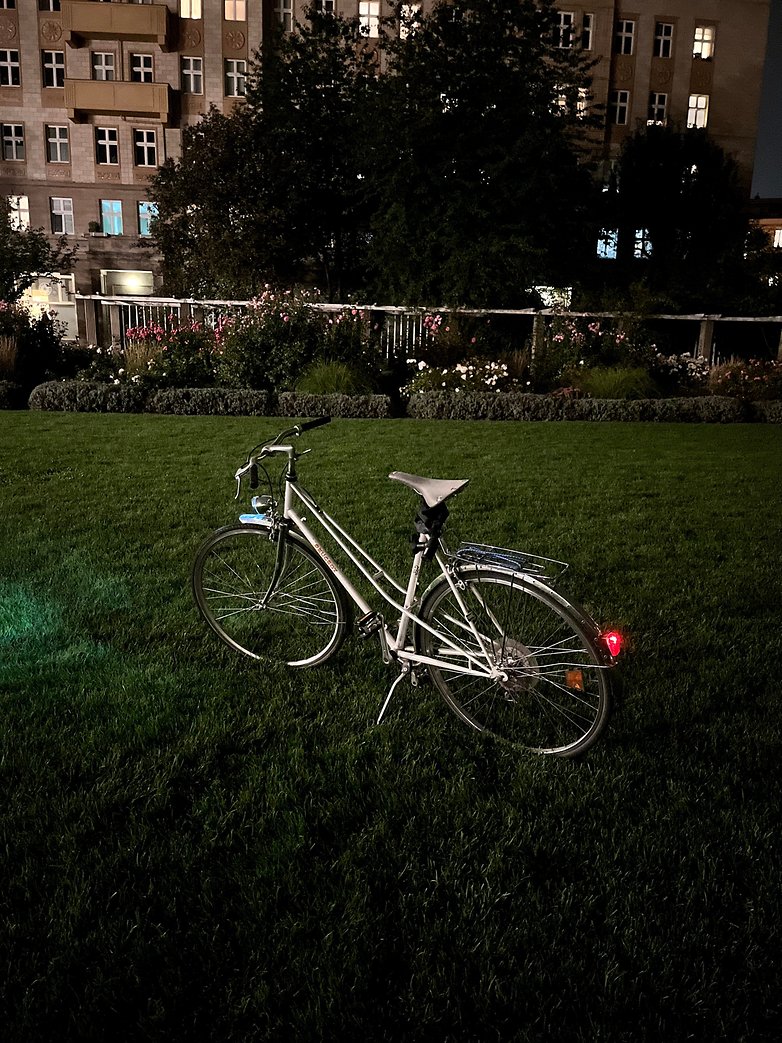






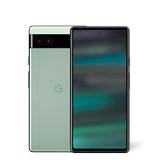
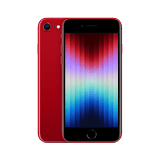
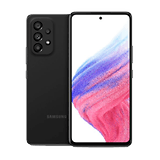
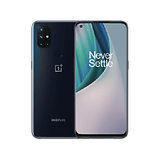

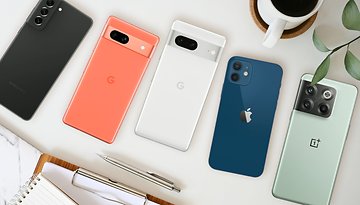
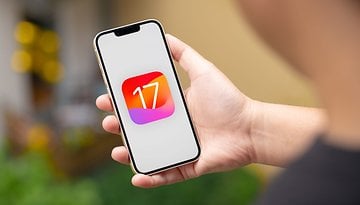

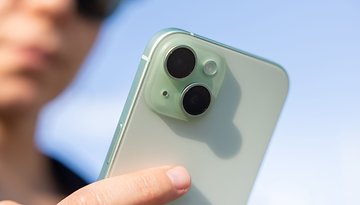
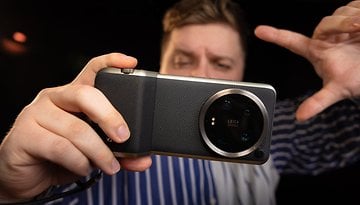

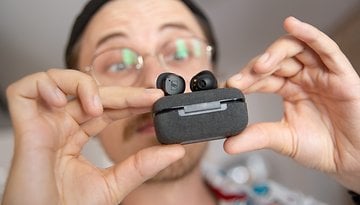


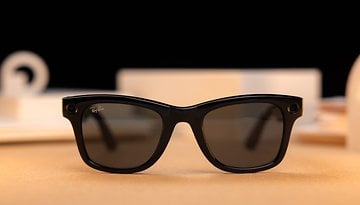
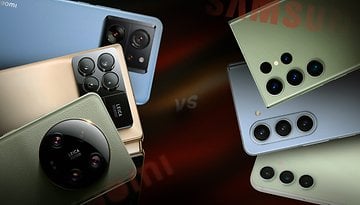



Hey, Its a good read.
The overall performance and battery backup is way more effective than 12 series. The two issues I gone through is that the minute hairline scratches appears in my iPhone 13 pro display and edges, since I made a mistake of letting it as it was. Now I had to invest on screen protector or skins from gadgetshieldz to cover it up, and also to protect it from further scratches. So I recommend iPhone13 users not to trust blindly for scratch resistance.
Secondly I face the issue with the charging speed, It was dump, each time I had to wait for a period of time with this 20W charger so I had to invest on other brand chargers.